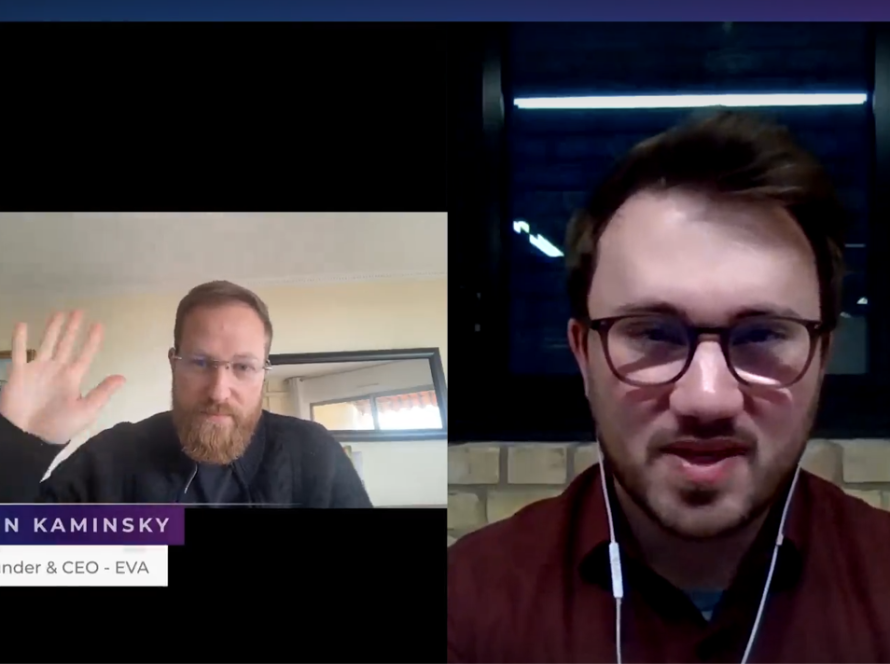The talent game is an avalanche of vacancies, skills, and roles. The typical inside dynamics of talent management function deal with the new skill(s) in demand, positions to hire, a pool of resignations, reshuffles, and retirements. Crunching the current capacities towards an immediate roadmap for talent requisitions is a straightforward approach to keep the operations afloat. Identify fit internal candidates, address skill gaps and initiate external hiring through recruitment marketing and attract good talent globally.
Well done firefighting until the big question arrives. “What’s next for Talent in your organisation?” The industry stipulates the declining demand for specific skills and spotlights roles periodically (non-linear trends indeed!), which impacts the variables of your talent strategy. The outside-in influence pushes the limits of HR leaders to analyse people data, reimagine team structure and calibrate the roles of the future.
The case in point to solve the volatility of workforce organisation is to have a jumpstart to talent search instead of starting from zero! Build Talent Pipelines.
Talent Pipelines, like Playlists
The analogy of Playlists best describes the experience of end users in utilising a pipeline of the most relevant content. The premise is that we don’t always have a particular favourite content, to start with; the app algorithms compile ready playlists for different occasions (workouts, meditation, travel playlists…), trending content and collections from past listening logs & interests. The success of these playlist recommendations is undeniable. What makes a good experience for users is the flexibility to modify selection within an active playlist with real-time feedback to your interests. We bet, the AI solutions do not disappoint you in modifying your playlists on the go.
Talent pipelines built with AI recommendations are personalised for skill queries, job families, and organisational focus on establishing a new tech team. The explosion of trends and demand for talent could be acclimated with lesser friction. A pro tip: pool skills under logical labels applicable for organisation talent groups/clusters that can be evaluated for cross-functional requirements.
Understanding the AI–matching versatility and influence
AI promotes talent management teams to explore the art of building strategic talent pipelines while offloading operational drudgery. Whether your goal is to encourage more tech talent, build diversity or create opportunities for gig workers, assess the right skill terminology/search criteria to request recommendations.
AI solutions collaborate with Talent Management functions in building responsible recommendations and categorise them into referenceable pipelines with guidance from weighted criteria. Some ideas of influence:
- Talent Pipelines for Succession: Build talent pipelines based on experience levels to select talent succession for leadership positions and specialist functions (the equivalent of influencer playlists).
- Qualify & Reevaluate Pipeline: Create targeted assignments & assessments for select talent pipelines to reposition or modify pipeline status.
- Pipeline Versions: Develop initial (master) longlists of talent pipelines with high-level criteria accessible to multiple talent operations teams. The teams can individually review and move forward with shortlisted versions while maintaining integrity with the centralised talent pipeline.
- Talent Attribution: Talent pipelines are coordinated from various internal, external, and social systems, and events/campus databases. Monitor and attribute the promising channel for talent search.
- Top Candidates Funnel: Analyse the funnel of top candidates and extract patterns like skills, personality etc. to define the ideal candidate profile of your organisation.
- Predictions for Smart Decisions: The talent pipelines can be evaluated and ranked based on the likelihood of joining/churn, and identify the candidates' next move in their career (promotion, role change etc.).
Stay the course with Talent Pipelines leveraging HR 4.0
HR 4.0 combines Artificial Intelligence (AI), Automation and Analytics to tailor the use cases for building effective talent pipelines. Utilise a modern HR Tech platform to configure role-based operational interfaces to create, access, modify, review, approve and update talent pipelines.
Enable on-demand search with Elastic and Semantic matching (AI/NLP Solutions) to retrieve results for defined criteria. Frequent/Live/Synthetic queries can be logged and saved for better search experiences!
Are the candidate recommendations working out for your organisation’s preferences? The search results can be verified and supervised for relevance and provide real-time feedback to AI training data. The recommendation accuracy is upgraded with every interaction and approval of talent management users and also changes course with additional keyword searches dynamically. Reinforcement learning in AI/ML terms! (We recommend you leave the complexity of AI models, evaluation and training dataset to the HR 4.0 expert and hold on to the amazing micro experiences for Talent Management. Just in time prompt to ask an expert for a demo).
Building talent pipelines aims to better respond to hiring and time-to-fill targets; hence, the ROI would not always be visible in a math path. Considering that an estimated 23 hours per hire is required to go through one cycle of screening-longlisting-shortlisting, smart talent pipelines give a kickstarter advantage to hiring and also minimise errors & inefficiencies.
The now and the next is Sustainable HCM i.e planning and developing a talent diet that is more diverse & purposeful, and predicting candidates who are most likely to fit the roles.




